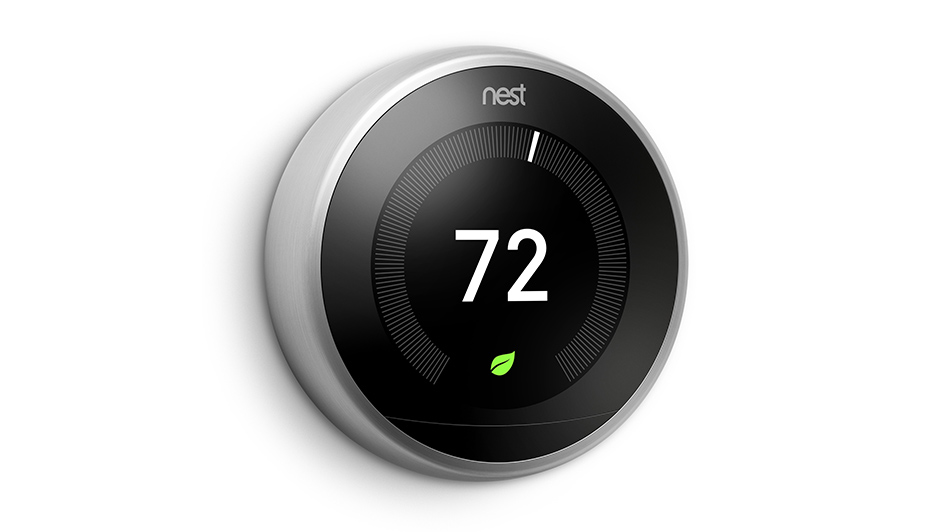
The Nest thermostat is one of the top-selling smart thermostats on the market today. And for good reason. It learns your temperature preferences and makes an energy-efficient schedule to match. And by geofencing with your phone, the Nest Learning Thermostat and Nest E know when you’re at your home or out and about and can change settings to help you save even more.
The Nest is compatible with a vast range of 24-volt heating and cooling systems, but it’s always a smart idea to visit the Nest thermostat compatibility checker before getting one. Don’t forget to contact your energy company for valuable rebates, because you could be able to get a Nest for free or close to it.
Once you’ve checked it’s compatible, you can either install it yourself or hire a HVAC specialist like Siloam Springs Heating & AC. If you’re wiring it without help, you’ll spot a terminal for the C-wire, or common wire. This wire is just used for powering your thermostat. If your house or HVAC system is older, you might not have one of these wires. In the majority of cases, Nest says this isn’t an issue as the thermostat can pull ample power from other heating and cooling wires.
In some cases, your heating and cooling system may require that C-wire. And here’s why.
Why Your Nest Keeps Losing Power and Other Malfunctions
The Google Nest Thermostat is a step up from outdated programmable thermostats that use a combination of wiring and AA batteries for power. It has a rechargeable lithium-ion battery and wiring to connect to Wi-Fi, power its digital display and run your heating and cooling system.
8 Common Nest Thermostat Problems
If it can’t draw enough power, Nest says you might run into some of these problems:
- Short battery life.
- Thermostat motion sensing won’t work.
- Your thermostat sometimes disconnects from Wi-Fi.
- Your system unexpectedly turns on or off, or won’t turn off.
- Your system is producing weird noises, like chattering, stuttering, clicking or thumping.
- Heating or cooling is short cycling, or repeatedly turning on and off in a short period of time.
- There is a delay message on your Nest thermostat’s screen, along the lines of “heating is delayed for 2:30 minutes.”
- The system fan is always working, won’t run or turns off and on repeatedly in a short period of time.
You may think something is up with your heating and cooling system, but if you just installed the Nest, we suggest you start with your thermostat first. This is especially pertinent if the weather is mild, and you haven’t been running your heat or air conditioning consistently.
Our Professionals Can Solve Nest Thermostat Issues
If you’ve attempted Nest thermostat troubleshooting without help but can’t fix the issue, a smart thermostat pro such as one from Siloam Springs Heating & AC can assist you. We can diagnose the problem and put in a C-wire, if necessary.
Smart thermostats like the Nest are created to make your life easier, with automatic energy-efficient programming and the opportunity to keep an eye on temperatures while you’re on the go. It’s a time-consuming experience when yours won’t work properly, but our heating and cooling specialists at Siloam Springs Heating & AC can resolve the problem in no time.
If you’re experiencing strange heating and cooling behavior with your new Nest, call us at 479-308-8176 to request your appointment today.


